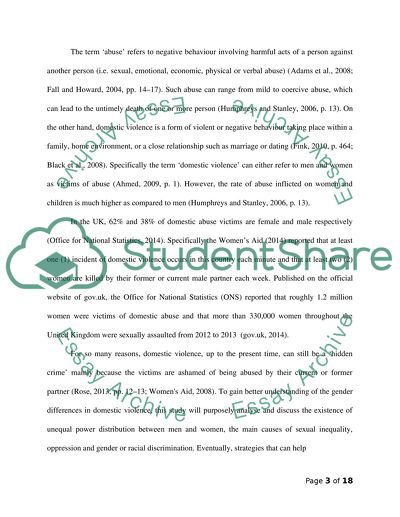Cite this document
(“Domestic violence Essay Example | Topics and Well Written Essays - 2750 words”, n.d.)
Retrieved from https://studentshare.org/miscellaneous/1651382-domestic-violence
Retrieved from https://studentshare.org/miscellaneous/1651382-domestic-violence
(Domestic Violence Essay Example | Topics and Well Written Essays - 2750 Words)
https://studentshare.org/miscellaneous/1651382-domestic-violence.
https://studentshare.org/miscellaneous/1651382-domestic-violence.
“Domestic Violence Essay Example | Topics and Well Written Essays - 2750 Words”, n.d. https://studentshare.org/miscellaneous/1651382-domestic-violence.


